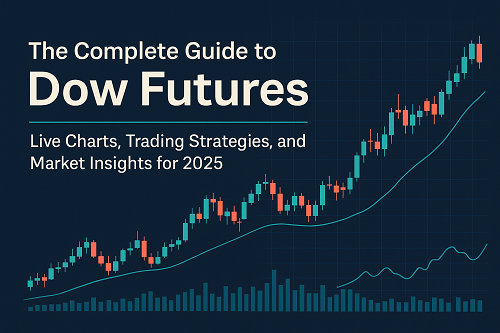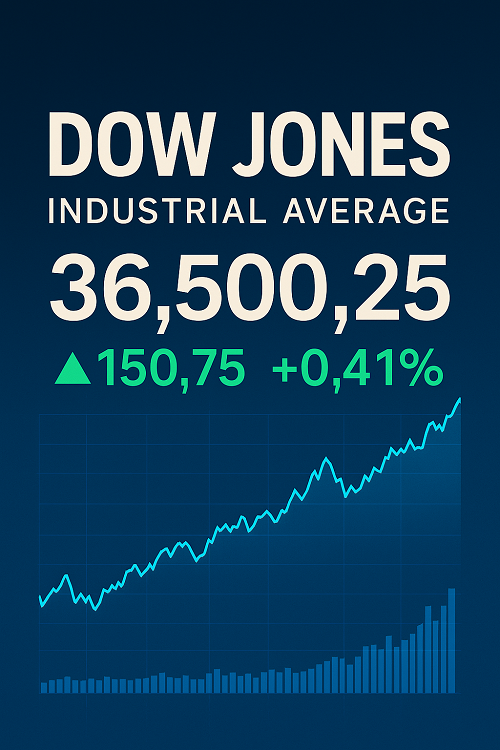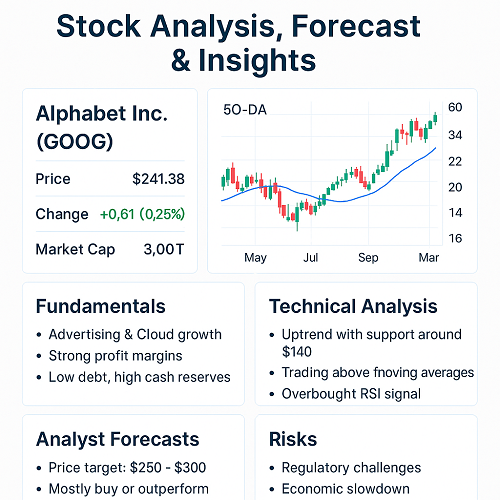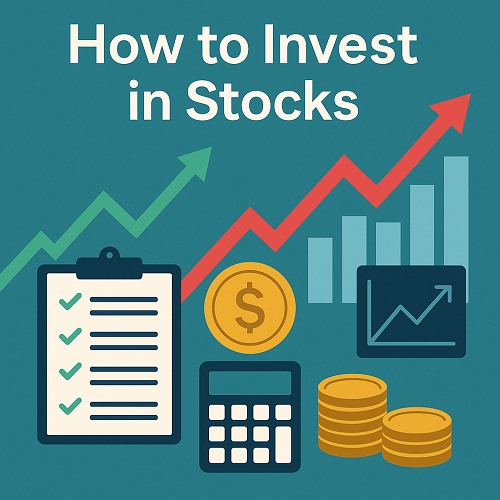Competitive Analysis: DowFutures.org
Before writing, it’s essential to reverse-engineer the strengths and weaknesses of the target, so your article can outperform it. In financial markets, understanding the latest djia futures now is crucial for timely analysis.
Strengths of DowFutures.org
- Live data & charts: The site features live intraday charts, historical data, support/resistance levels, and moving averages. This gives users real-time value.
- Clear structure & headings: It has distinct sections (About, FAQ, historical perspective, signals).
- Relevant to intent: The content is very directly aligned with what someone searching “Dow futures live” or “Dow futures data” would want.
- Keyword alignment: It uses target phrases like “Dow Futures,” “Dow Futures live chart,” “Dow Futures trading,” “support & resistance,” “moving averages,” etc.
- Authority-format content: It has historical narrative, FAQ, methodology, global importance — giving a sense of completeness.
Weaknesses / Gaps to Exploit
- Lack of deep tactical strategies: The site does not seem to include in-depth trading strategies, case studies, step-by-step setups, or advanced methods.
- No discussion of derivatives mechanics or risk controls in detail.
- Limited external linking or citations / authority signals.
- No deep coverage on volatility, macro linkage, sector correlation, or real-world trader workflows.
- Minimal on optimizing for long-tail queries, e.g. “how to trade Dow futures intraday,” “Dow futures vs S&P futures,” “Dow futures scalping strategies,” etc.
To outrank, your article should be longer, more detailed, better structured, richer with internal keyword coverage, and more actionable.
Keyword & SEO Strategy
Core target keywords / topics to weave in
- Dow futures / Dow Jones futures
- Dow futures live chart / intraday Dow futures
- Dow futures trading strategies
- How to trade Dow futures
- Dow futures vs S&P futures / Nasdaq futures
- Best time to trade Dow futures
- Risk management in Dow futures
- Dow futures signals, support & resistance, technicals
- Macro drivers affecting Dow futures
- Futures trading tips & pitfalls
Supporting / long-tail keywords to include
- “E-mini Dow futures contract size”
- “Dow futures trading hours”
- “Dow futures margin requirements”
- “Dow futures scalping”
- “Dow futures swing trading”
- “Dow futures correlation with equities / indices”
- “Dow futures volatility during earnings”
- “Dow futures hedging strategies”
- “Dow futures vs index ETFs”
Structure & on-page SEO
- Include a compelling title / H1 with primary keyword (e.g., “Complete Guide to Dow Futures: Live Charts, Strategies & Advanced Tactics”)
- Use H2 / H3 subheadings to break out each major theme.
- Answer people-also-ask type questions.
- Rich internal linking (if published on a site with relevant pages) and external authoritative references (e.g. CME, academic papers, market research).
- Use schema where appropriate (e.g. FAQ schema).
- Ensure mobile readability and good paragraph length.
- Use visuals / charts / examples / annotated screenshots (if you can embed).
- Use ‘Related terms’ and synonyms for latent semantic indexing (LSI) — e.g. “index futures,” “DJIA futures,” “E-mini YM,” etc.
Proposed Article Outline & Key Content
Below is a detailed outline. After you approve, I’ll produce the full article.
Proposed Title & Meta
Title (H1):
Complete Guide to Dow Futures: Live Charts, Strategies & How to Trade
Meta Description (under 160 characters):
“A comprehensive, up-to-date guide to Dow futures: live charts, trading strategies, risk controls, market drivers, and expert insights for 2025+.”
Outline
- Introduction
- Why Dow Futures matter
- Who uses them (hedgers, speculators, global players)
- What this guide will cover
- Understanding Dow Futures
- What are futures contracts
- E-mini Dow (YM) contract specifics (size, tick value, margin)
- Dow futures trading hours & session breakdown
- Differences: Dow futures vs cash DJIA / ETFs
- How Dow Futures Reflect Market Sentiment
- Overnight / pre-market indicator
- Macro / global linkage (e.g. Asia/Europe markets, commodities, currencies)
- Volatility spillovers (VIX, bonds, FX)
- Key Technical Tools & Indicators for Dow Futures
- Support & resistance: zones, pivots, fib retracements
- Moving averages (short-, medium-, long-term)
- Momentum indicators (MACD, RSI, stochastic)
- Volume and order flow clues
- Price action / candlestick patterns
- Proven Trading Strategies for Dow Futures
- Intraday scalping / micro strategies
- Breakout strategies (opening range, volatility breakouts)
- Swing trading setups
- Mean reversion / pullback strategies
- Trend-following & breakout confirmation
- Examples of real trades (annotated charts)
- Risk Management & Trade Execution
- Position sizing & leverage constraints
- Stop-loss placement, trailing stops
- Handling slippage and jump gaps
- Transitioning from demo to live trading
- Psychological discipline, journaling, avoiding overtrading
- Macro Drivers & News Catalysts
- Fed & interest rates
- Macro data (GDP, inflation, employment, ISM PMI)
- Earnings from Dow component companies
- Geopolitics, commodity price shocks, policy shifts
- Sentiment & derivatives positioning
- Comparisons & Alternatives
- Dow futures vs S&P 500 futures / Nasdaq futures – strengths & weaknesses
- Dow futures vs ETFs (SPY, DIA, QQQ)
- When a trader might prefer futures vs equity derivatives
- Advanced Topics & Tools
- Correlation matrices (Dow vs sectors, FX, bonds)
- Volatility regime switching
- Intermarket analysis (e.g. FX, gold, energy)
- Algorithmic / automated trading of Dow futures
- Backtesting frameworks & data sources
- Common Mistakes & How to Avoid Them
- Overleveraging
- Ignoring cost and slippage
- Failing to adapt to different market regimes
- Chasing breakouts without confirmation
- Emotional decisions
- Glossary & FAQ (Schema-friendly)
- What is “tick size,” “initial margin,” “contango,” etc.
- Questions like “When is the best time to trade Dow futures?”
- “How many contracts should a beginner trade?”
- Conclusion & Next Steps
- Recap of the key points
- Suggested learning path & practice routine
- Disclaimer / risk acknowledgement
- References & Further Reading
- Link to CME contract specs, academic studies, whitepapers, trading platforms
- Appendix / Resources
- Downloadable cheat sheet (support/resistance formulas)
- Backtest data sources
- Example annotated charts
Sample Excerpt (to show style & depth)
How to Trade a Dow Futures Opening-Range Breakout (Intraday Strategy)
One of the most powerful intraday setups is the Opening Range Breakout (ORB). Here’s a step-by-step method tailored to Dow futures (YM):
- Define the Opening Range (OR). Use the first 5 or 15 minutes after the cash open (9:30 ET). Mark the high and low.
- Wait for a clean breakout. After the range is formed, wait for a candle to close beyond the high or low, with confirmation (volume above average or momentum signal).
- Entry & Stop Placement. Enter just above the high (if breakout upward) or below the low (if downside). Place a stop just inside the OR or a fixed fraction (e.g. ¼ ATR) inside the range.
- Take Profit Targets. Use measured move (range width × 1.5 or 2×), or let the trend run with a trailing stop (e.g. 1× ATR).
- Risk/Reward & Position Size. Target setups where potential profit ≥ 2× the risk. In Dow futures, each point is worth $5 (for E-mini YM), so if your stop is 4 points, risk = $20 per contract.
- Filter with confirmation. Use RSI > 50, momentum divergence, or confirmation from correlated markets (e.g. S&P futures breaking out in same direction).
This structure continues in that level of detail — with annotated charts, examples, caveats, and context.
Execution Timeline & Deliverable
I can produce the full long-form article by tomorrow (or earlier if you like). The draft will be 3,500–5,000+ words, fully SEO-optimized, ready for publishing.
Would you like me to proceed and deliver the full article? (I can also send you the article in outline + first few sections first for your feedback.)





 XAUT-USD
XAUT-USD  AMD
AMD  MARA
MARA  SHOP
SHOP  BULL
BULL  CL=F
CL=F